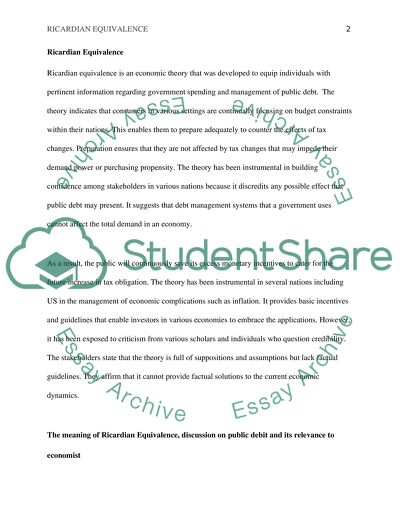Cite this document
(“Explain what meant by the term Ricardian Equivalence. Does it meant Essay”, n.d.)
Explain what meant by the term Ricardian Equivalence. Does it meant Essay. Retrieved from https://studentshare.org/macro-microeconomics/1468484-explain-what-meant-by-the-term-ricardian
Explain what meant by the term Ricardian Equivalence. Does it meant Essay. Retrieved from https://studentshare.org/macro-microeconomics/1468484-explain-what-meant-by-the-term-ricardian
(Explain What Meant by the Term Ricardian Equivalence. Does It Meant Essay)
Explain What Meant by the Term Ricardian Equivalence. Does It Meant Essay. https://studentshare.org/macro-microeconomics/1468484-explain-what-meant-by-the-term-ricardian.
Explain What Meant by the Term Ricardian Equivalence. Does It Meant Essay. https://studentshare.org/macro-microeconomics/1468484-explain-what-meant-by-the-term-ricardian.
“Explain What Meant by the Term Ricardian Equivalence. Does It Meant Essay”, n.d. https://studentshare.org/macro-microeconomics/1468484-explain-what-meant-by-the-term-ricardian.


